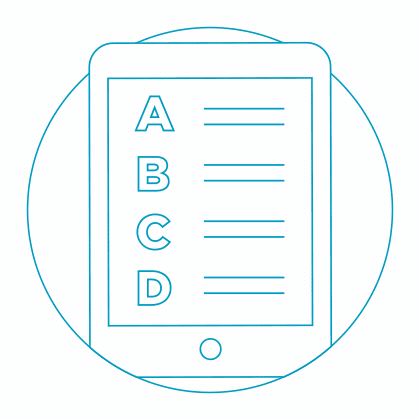REASONING - Online Test

Find the minimum number of straight lines required to make the given figure.

The figure may be labelled as shown.

The horizontal lines are AK, BJ, CI, DH and EG i.e. 5 in number.
The vertical lines are AE, LF and KG i.e. 3 in number.
The slanting lines are LC, CF, FI, LI, EK and AG i.e. 6 in number.
Thus, there are 5 + 3 + 6 = 14 straight lines in the figure.

What is the number of straight lines and the number of triangles in the given figure.

The figure may be labelled as shown.

The Horizontal lines are DF and BC i.e. 2 in number.
The Vertical lines are DG, AH and FI i.e. 3 in number.
The Slanting lines are AB, AC, BF and DC i.e. 4 in number.
Thus, there are 2 + 3 + 4 = 9 straight lines in the figure.
Now, we shall count the number of triangles in the figure.
The simplest triangles are ADE, AEF, DEK, EFK, DJK, FLK, DJB, FLC, BJG and LIC i.e. 10 in number.
The triangles composed of two components each are ADF, AFK, DFK, ADK, DKB, FCK, BKH, KHC, DGB and FIC i.e. 10 in number.
The triangles composed of three components each are DFJ and DFL i.e. 2 in number.
The triangles composed of four components each are ABK, ACK, BFI, CDG, DFB, DFC and BKC i.e. 7 in number.
The triangles composed of six components each are ABH, ACH, ABF, ACD, BFC and CDB i.e. 6 in number.
There is only one triangle i.e. ABC composed of twelve components.
There are 10 + 10 + 2 + 7 + 6+ 1 = 36 triangles in the figure.

